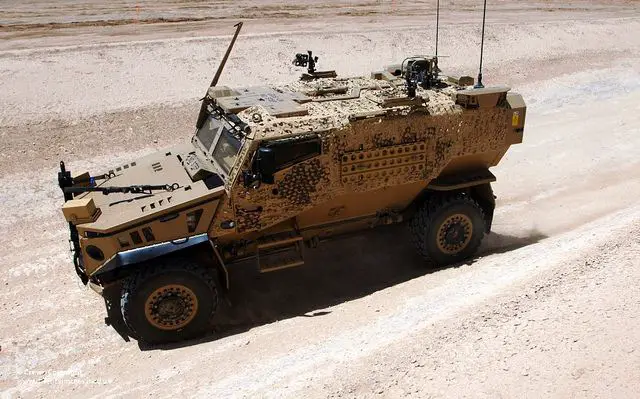Breaking news
British army vehicles will be painted with new colour camouflage of tan brown 1505131.
| a | |||
Defence & Security News - United Kingdom |
|||
| |
|||
| Wednesday, May 15, 2013 08:43 AM | |||
| British army vehicles will be painted with new colour camouflage of tan brown. | |||
British Military is braced for hue and cry over replacement of the yellow
camouflage of its desert vehicles with new 'army brown'. It took scientists
a year to get the right shade – and if truth be told, it might take
several more for soldiers to get used to it – but after more than
sixty years bearing the same dark yellow colour, the British military
is to adopt a new "army brown". |
|||
 Some of the new Foxhound patrol vehicles being used in Afghanistan have already been re-sprayed with up to 30 litres of the new colour per vehicle. |
|||
In what is likely to be one of the biggest make-over the forces have undertaken, the army's fleet of desert vehicles is being repainted, replacing the previous 'Light Stone' camouflage that has adorned tanks and troops carriers since before the second world war. Some of the new Foxhound patrol vehicles being used in Afghanistan have already been re-sprayed with up to 30 litres of the new colour per vehicle, hinting at the scale of the paint job required over the coming years. The army has around
5,000 combat vehicles – and all conflicts over the last 20 years
have taken place in sandy environments. |
|||

























